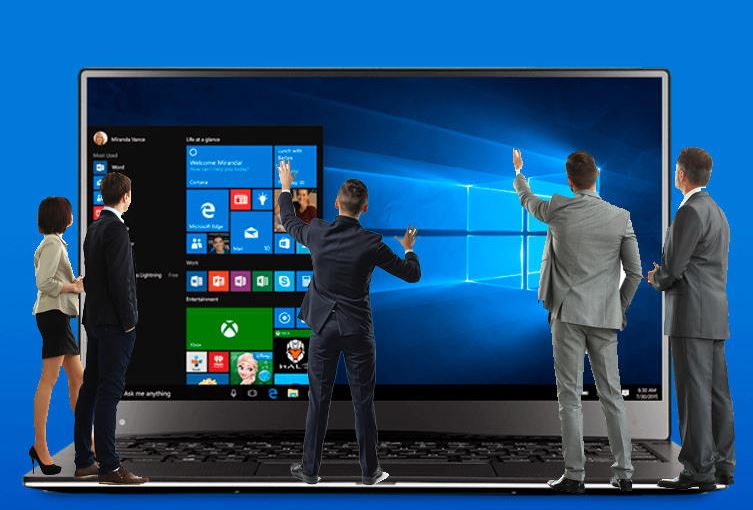Reminder: Microsoft to no longer update original Windows 10 release after May

IT pros running Windows 10: Update your engines.

As Microsoft noted last year, the company plans to update only two Current Branch for Business versions of Windows 10 at any given time.
Now that Microsoft has released the media for its Windows 10 Anniversary Update -- the Windows 10 bits that it released in August 2016, plus a Cumulative Update to it from late last year -- the time is winding down for the original version of Windows 10 released in July 2015.
The first release of Windows 10, known as 1507, is the version that Microsoft will no longer update after March 26, 2017. The other two versions of the product in market -- the November update (1511) from November 2015 and the Anniversary Update (1607) -- will continue to get regular security and feature fixes and updates.
The 1507 release won't just stop working, but it won't get updates of any kind after March 26. This is all part of Microsoft's grand Windows as a Service plan. No updates is one way of getting users to move to a more recent release.
Update (February 15, 2017): On February 3, Microsoft quietly changed the end of servicing date for Windows 10 1507 from March 26 to some time in May. No reason was provided in the amended TechNet post for the change. I've asked Microsoft to see if the company will comment.
Microsoft designated Windows 10 version 1607 as the Current Branch for Business at the end of November 2016. Businesses were free to move to that version manually at that time. But as of Jan. 19, Microsoft made the updated media for 1607 available for those using Windows Update for Business, Windows Server Update Services (WSUS), and MSDN. Microsoft also will release Windows 10 version 1607 to the Volume Licensing Service Center (VLSC) on Jan. 26, 2017.
Business customers already running 1607 plus the December Cumulative Update don't need to do anything, as they're already running what's effectively the Current Branch for Business.
For those a bit rusty on their CBs vs. CBBs (Current Branch and Current Branch for Business), here's a short refresher.
Microsoft tests Windows 10 builds on its own employees and with those who voluntarily sign up for the Windows Insider program. Once a feature update to Windows 10 is deemed ready, Microsoft releases it to the mainstream. (I call this RTM, though it no longer means Release to Manufacturing).
After a period of several months (four-plus) Microsoft rolls out a new build of Windows 10 to "normals" and business users who want to pilot the new release. This Current Branch (CB) goes out on a throttled basis, with Microsoft pushing it to successively more users.
Only after more Cumulative Updates to the RTM versions does Microsoft recommend the new Windows 10 release as solid enough for business customers to deploy. At that point, Microsoft designates that build as the Current Branch for Business (CBB).
Speaking of patches and updates, I've had a few readers asking recently whether Microsoft has options to make security and "quality" (feature) updates to Windows any more digestible, as Cumulative Updates mean progressively large updates.
Microsoft is working to add differential update technology to Windows 10. That technology, known as UUP (Unified Update Platform) is meant to provide users only with bits that are new/different when moving from one feature update to another -- such as moving from the Anniversary Update to the Creators Update.
For interim feature and security updates, IT pros should be aware of a feature called Express. As Microsoft officials noted recently:
"Since version 7, Windows has been able to reduce the size of Windows Update downloads with a feature called Express, and although consumer devices support it by default, Windows 10 enterprise devices require Windows Server Update Services (WSUS) to take advantage of Express."
With Windows 7 and 8.1, the security-only updates contain only that month's new security fixes, so they are already differential. The Windows 7 and 8.1 non-security rollups aren't; they're cumulative. However, if users install these feature updates from Windows Update or WSUS, Express support will enable Windows to download only the pieces that changed.
Microsoft is bringing Windows 10 desktop to ARM processors: